How to Maintain Screw Blades?

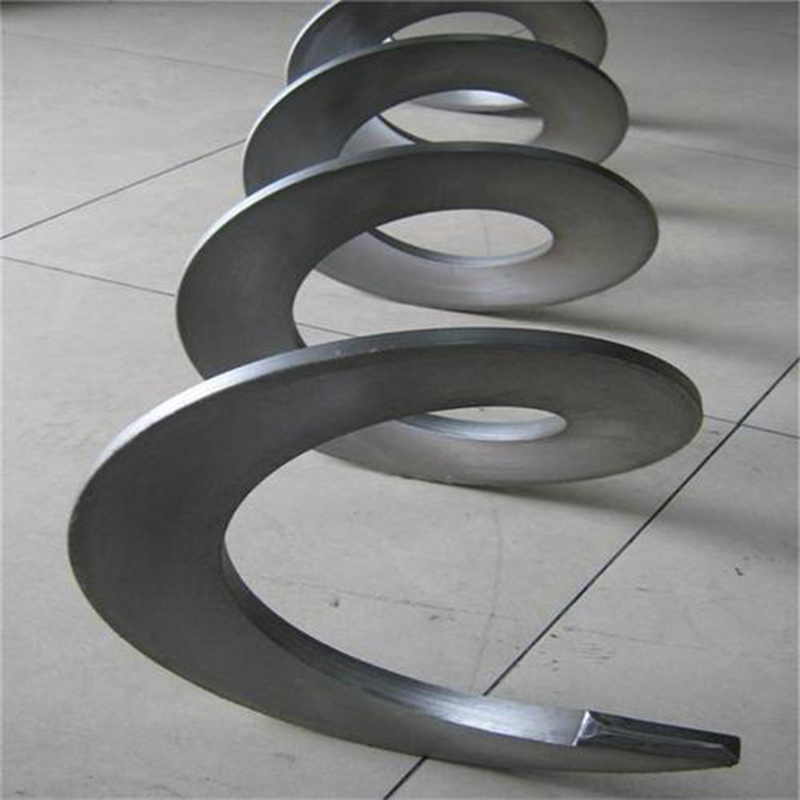
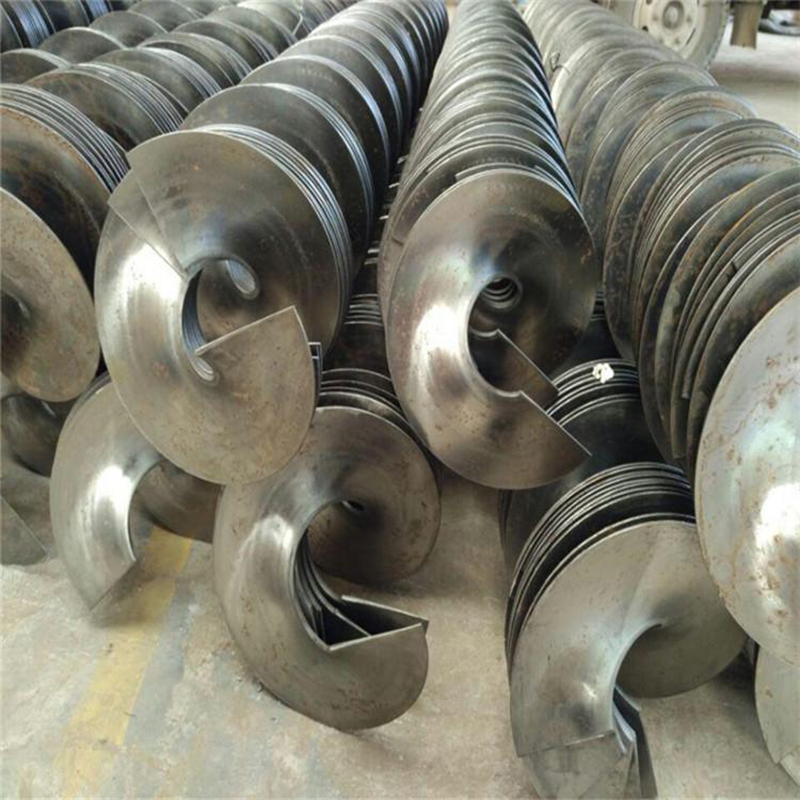
| Product name: | How to Maintain Screw Blades? |
| Keywords: | |
| Industry: | Metallurgy and minerals - Mining industry |
| Process: | - |
| Material: |
Processing manufacturer
- There are 33 manufacturers that provide similar products
- There are 198 manufacturers that provide this processing technology
- There are 79 manufacturers that provide this material processing service
- There are 145 manufacturers that provide this industry processing service
Product details
Maintaining screw blades is crucial for extending their lifespan, maintaining performance, and ensuring the efficient operation of equipment. The following is a detailed guide to screw blade maintenance, covering daily maintenance, regular inspections, and precautions for special working conditions.
1. Daily Maintenance
Daily maintenance aims to keep the screw blades clean and maintain basic functions, reducing wear and tear and failures.
Cleaning the Blade Surface:
Purpose:
To remove adhered materials (such as dust, viscous substances) or corrosive substances, preventing accumulation that leads to reduced efficiency or corrosion.
Method:
Dry Materials: Use compressed air or a soft brush to clean the blade surface.
Wet Materials/Viscous Materials: Wash with a high-pressure water gun or special cleaning agent, ensuring no damage to the surface coating.
Food/Chemical Scenarios: Use cleaning agents that meet hygiene standards (such as food-grade cleaners) to avoid secondary contamination.
Frequency:
Clean daily or weekly depending on the material characteristics; more frequent cleaning is required for viscous/corrosive materials.
Check Lubrication:
Purpose:
To reduce friction between the blade and the shaft or material, reducing wear.
Method:
Check the lubrication of the screw shaft bearings and add suitable lubricating oil or grease (such as high-temperature or food-grade lubricants).
For high-speed rotating blades (such as propellers), ensure the lubrication system is functioning properly.
Frequency:
Check once a week, or as required by the equipment manual.
Observe Operating Status:
Purpose:
To detect abnormalities (such as vibration, noise) in a timely manner.
Method:
Listen for abnormal sounds during operation and observe for abnormal vibrations.
Check if the conveying capacity or propulsion efficiency has decreased, which may indicate blade wear or blockage.
Frequency:
Pay attention to observation during daily operation.
2. Regular Inspection and Maintenance
Regular inspections focus on identifying potential problems and performing preventive maintenance to extend blade life.
Check for Wear and Deformation:
Purpose:
To ensure the blade surface is intact and prevent efficiency reduction due to wear or deformation.
Method:
Check the blade edges and surface for wear, cracks, or dents (especially wear-resistant steel blades).
Use measuring tools (such as calipers) to measure the pitch, outer diameter, and thickness to check if they are within tolerance (±1-2mm).
Check the welds of welded blades for cracks or corrosion.
Frequency:
Monthly or quarterly, depending on working conditions (more frequent in high-wear environments).
Dynamic Balancing Check:
Purpose:
High-speed rotating blades (such as propellers) need to maintain dynamic balance to prevent vibration from damaging the equipment.
Method:
Use a dynamic balancer to detect the vibration of the blade during operation.
If imbalance is found, it can be corrected by grinding, adding weights, or replacing the blade.
Frequency:
Every six months or during equipment overhaul.
Check Installation and Fixation:
Purpose:
To ensure the connection between the blade and the shaft is secure and prevent loosening.
Method:
Check whether the welding or bolted connection between the blade and the shaft is loose.
Confirm the concentricity of the shaft to prevent eccentricity from causing uneven force on the blade.
Frequency:
Quarterly or when the equipment is shut down for maintenance.
Surface Coating Maintenance:
Purpose:
To maintain the integrity of wear-resistant or corrosion-resistant coatings.
Method:
Check ceramic, polyurethane, or galvanized coatings for peeling or wear.
Re-spray or repair the coating if necessary (such as locally applying wear-resistant coating).
Frequency:
Check every 6-12 months depending on the coating type and working conditions.
3. Maintenance under Special Working Conditions
Different application scenarios have special requirements for screw blades, requiring targeted maintenance:
High-Wear Environment (such as ore, coal conveying):
Measures:
Regularly measure the blade thickness and replace it when wear is severe (thickness reduced by more than 20%).
Use wear-resistant coatings (such as ceramic) or choose higher hardness materials (such as Hardox 450).
Increase the cleaning frequency to prevent material accumulation from exacerbating wear.
Example:
Check the wear of mine conveyor blades monthly.
Corrosive Environment (such as chemical, marine):
Measures:
Use stainless steel (316) or titanium alloy blades and regularly check for corrosion points.
Apply anti-corrosion agents (such as rust-preventive oil) after cleaning to avoid prolonged exposure to humid environments.
Ensure the equipment is sealed to prevent corrosive substances from penetrating.
Example:
Clean and inspect the blades of chemical plant conveyors transporting acidic materials weekly.
Food/Pharmaceutical Industry:
Measures:
Use food-grade stainless steel (304/316), thoroughly clean and disinfect after each use.
Check the surface roughness (Ra<0.8μm) to prevent bacterial growth.
Regularly verify compliance with hygiene standards (such as FDA, GMP).
Example:
Clean and record food processing conveyor blades daily.
High-Temperature Environment (such as hot material conveying):
Measures:
Use high-temperature alloy steel or coatings and check the material for thermal fatigue or deformation.
Ensure the lubricant is high-temperature resistant to avoid lubrication failure.
Regularly check whether thermal expansion of the blade causes loosening of the fit with the shaft.
Example:
Check the blades of cement plant high-temperature clinker conveyors quarterly.
Similar products
More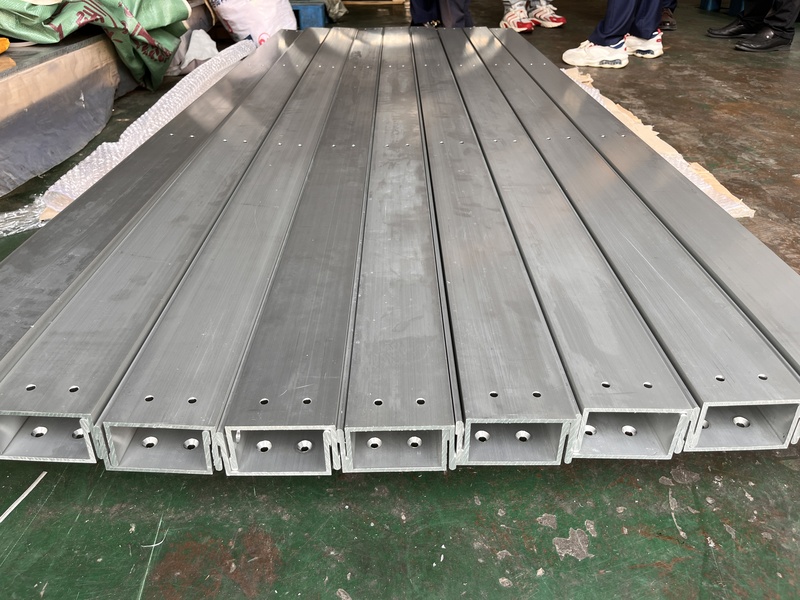
Precision Machining of U-Steel Profiles for Building Applications
- Process : Stamping - General stamping
- Material : Aluminum
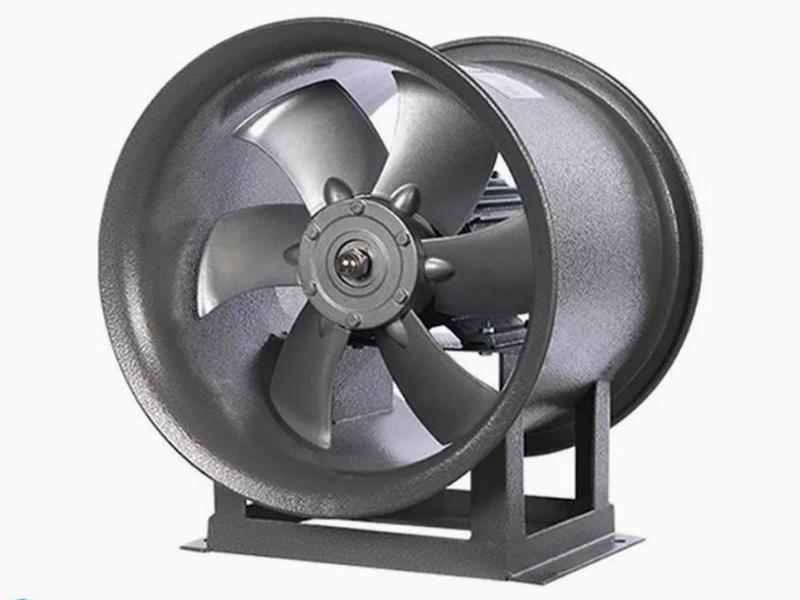
What are the machining processes used for processing axial fan housings
- Process : Sheet metal - Welding
- Material : Carbon steel
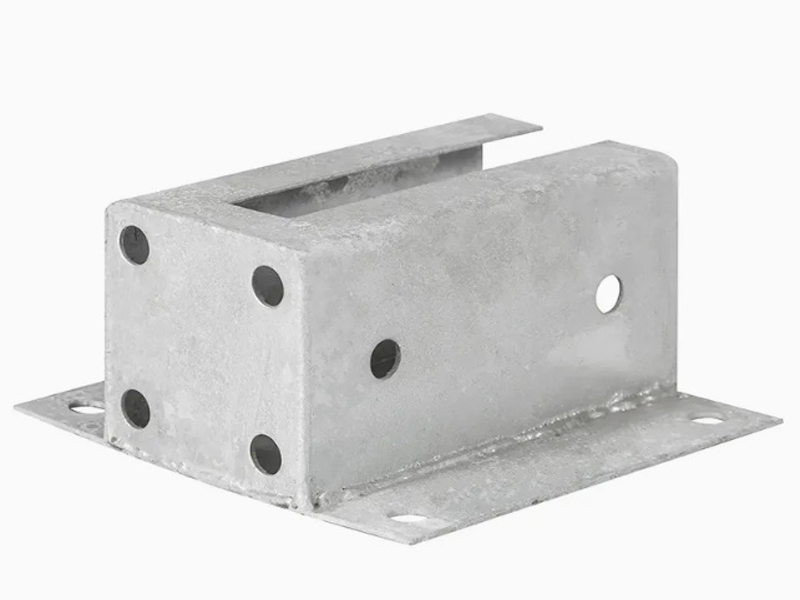
Machining Process Analysis of Carbon Steel Fixed Anchor Plates
- Process : Machining - CNC milling or milling machining
- Material : Carbon steel
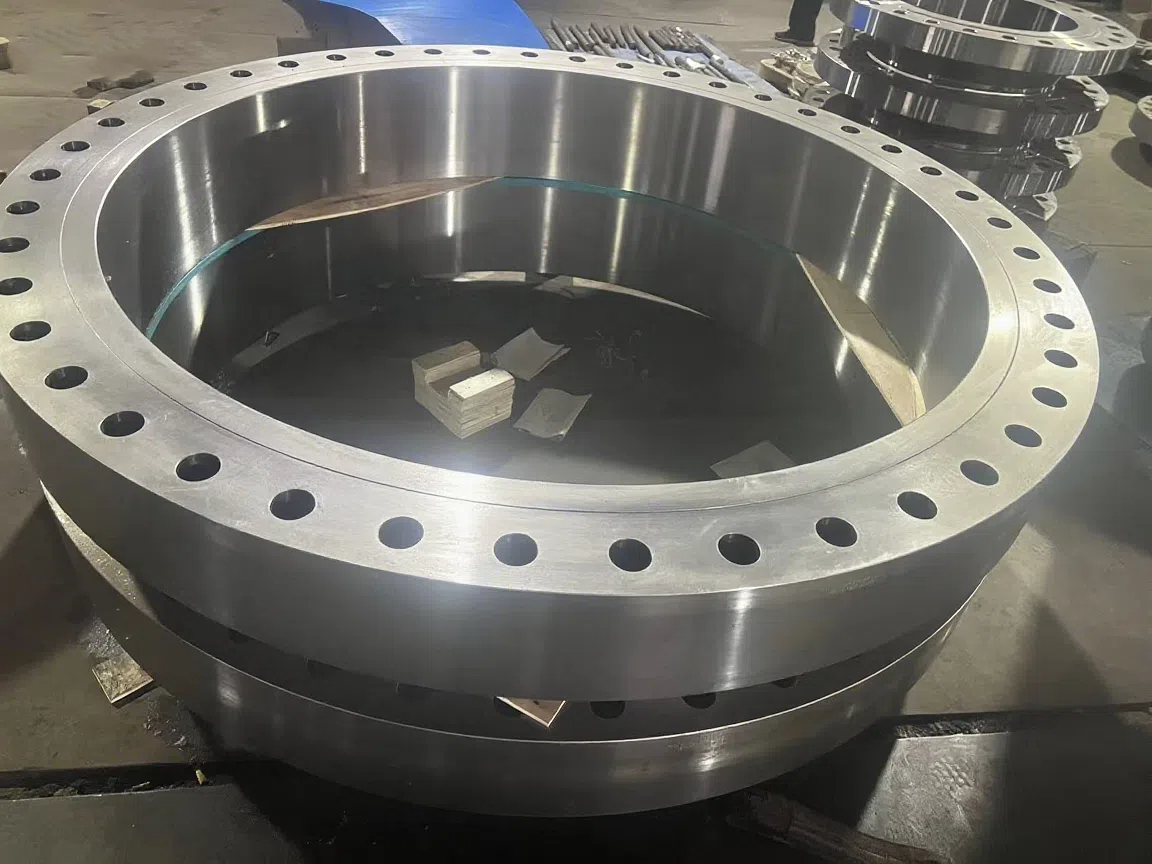
Heavy-Walled Flange Milling-Turning Machining and Flaw Detection
- Process : Machining - Turning Milling compound
- Material : Alloy steel
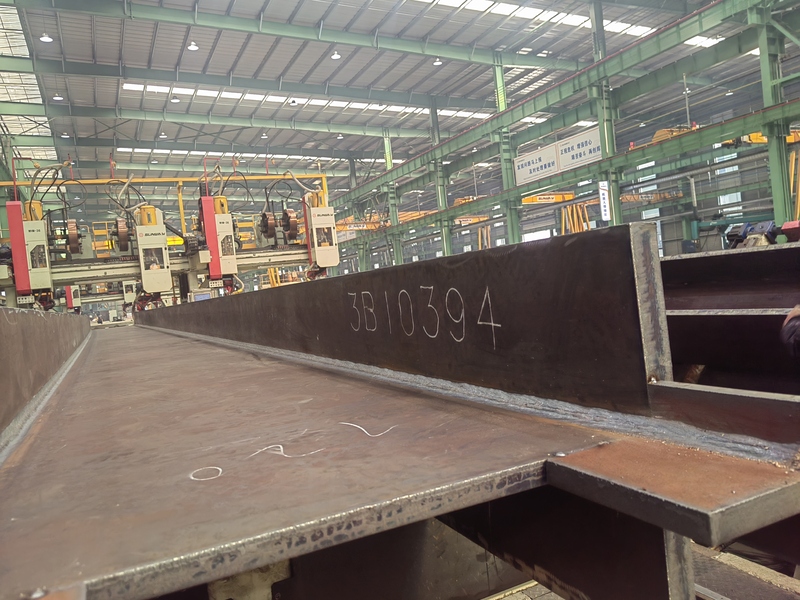
Custom Fabrication of S355JR Welded H-Beams for Construction Projects
- Process : Sheet metal - Welding
- Material : Carbon steel
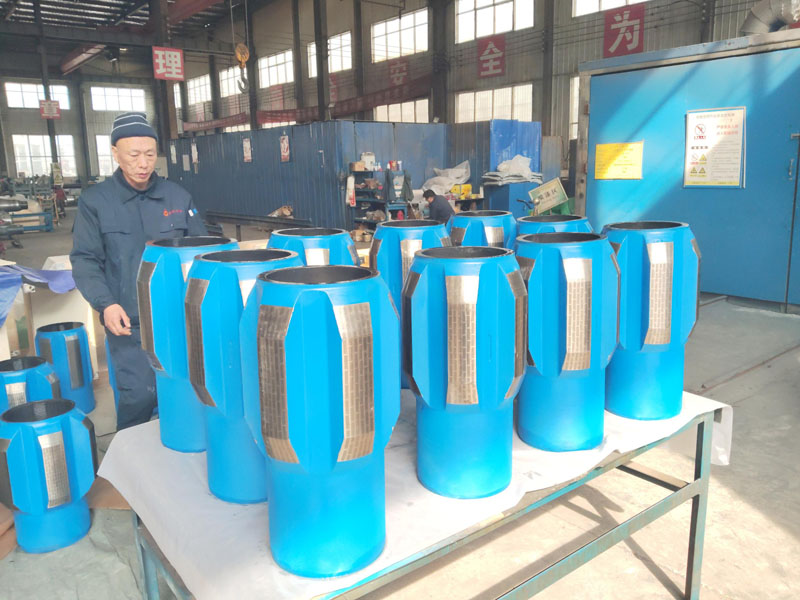
Drill Stabilizers Applied in Oil Drilling Platforms
- Process : Machining - Five-axis machining
- Material : Alloy steel
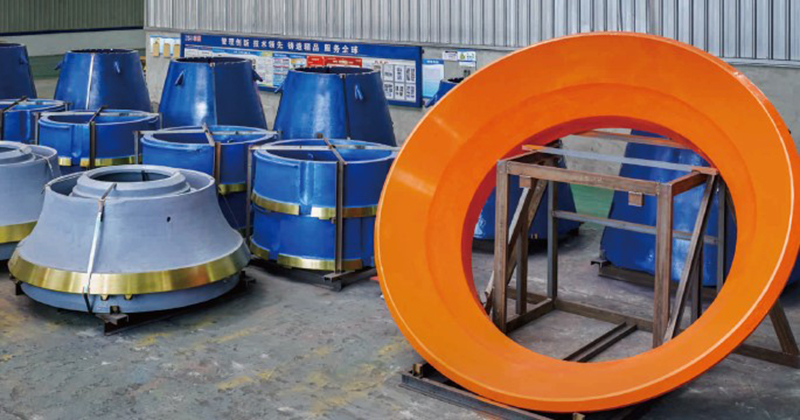
Cone Crusher Mantle
- Process : -
- Material :
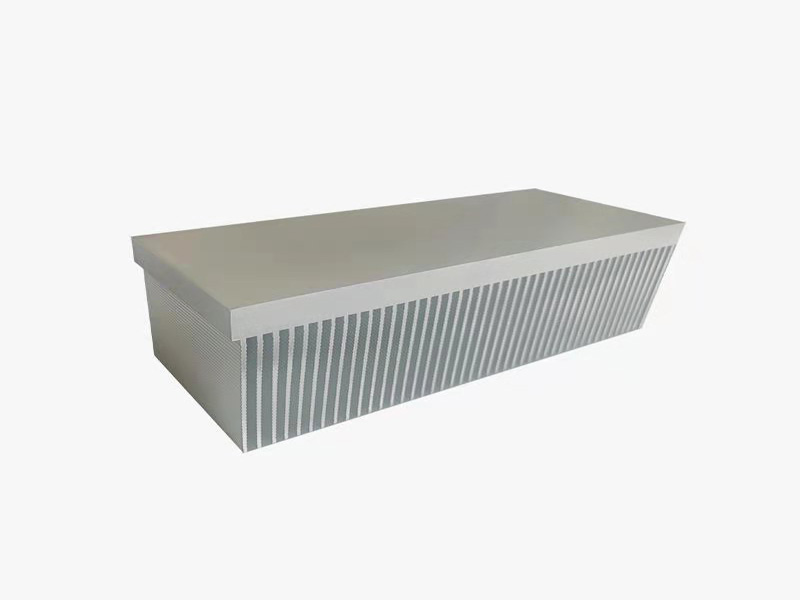
Innovative skiving technology: Breaking through the bottleneck of high-density heat dissipation technology
- Process : Surface treatment - Others
- Material : Alloy steel
More products
More
Precision Machining of U-Steel Profiles for Building Applications
- Process : Stamping - General stamping
- Material : Aluminum

What are the machining processes used for processing axial fan housings
- Process : Sheet metal - Welding
- Material : Carbon steel

Machining Process Analysis of Carbon Steel Fixed Anchor Plates
- Process : Machining - CNC milling or milling machining
- Material : Carbon steel

Heavy-Walled Flange Milling-Turning Machining and Flaw Detection
- Process : Machining - Turning Milling compound
- Material : Alloy steel

Custom Fabrication of S355JR Welded H-Beams for Construction Projects
- Process : Sheet metal - Welding
- Material : Carbon steel

Drill Stabilizers Applied in Oil Drilling Platforms
- Process : Machining - Five-axis machining
- Material : Alloy steel

Cone Crusher Mantle
- Process : -
- Material :

Innovative skiving technology: Breaking through the bottleneck of high-density heat dissipation technology
- Process : Surface treatment - Others
- Material : Alloy steel